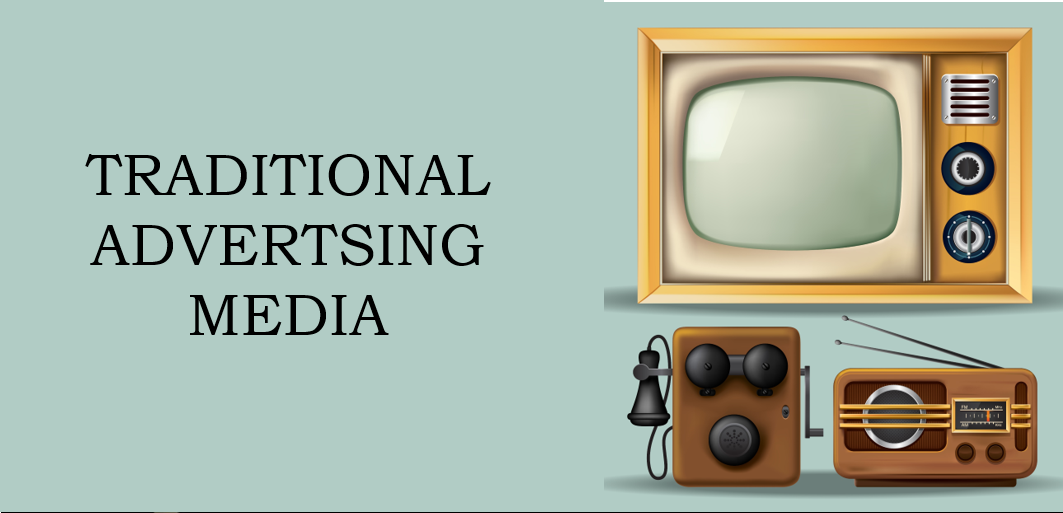Traditional advertising has long been the go-to for businesses looking to promote their products or services, but in todays increasingly digital world, the landscape is changing. Digital signage is emerging as a cost-effective alternative to traditional advertising methods, offering a dynamic and interactive platform for reaching a wider audience.
In this article, we will explore the cost-effectiveness of digital signage compared to traditional advertising, examining the benefits and drawbacks of each approach. By the end, youll have a better understanding of how digital signage can provide a competitive edge in the advertising industry.
1. Comparing the Cost-Effectiveness of Digital Signage and Traditional Advertising

When considering the cost-effectiveness of digital signage versus traditional advertising, it is important to take into account a variety of factors. Digital signage offers a modern and dynamic way to reach a large audience quickly and effectively.
With the ability to easily update content and target specific demographics, digital signage can provide a high return on investment. Traditional advertising, on the other hand, may require a greater initial investment for things like print ads or television commercials, but could potentially reach a wider audience.
Additionally, the longevity of traditional advertising materials, such as billboards or magazine ads, can provide sustained visibility over time. Ultimately, the best choice for a business will depend on its specific goals, target audience, and budget constraints.
2. Analyzing the Return on Investment for Digital Signage vs Traditional Advertising

When analyzing the return on investment for digital signage compared to traditional advertising, it is important to consider the effectiveness of each method in reaching the target audience. Digital signage offers a dynamic and interactive platform that can capture the attention of consumers in a way that traditional advertising may not.
With the ability to display changing content and engage viewers with interactive elements, digital signage provides a more engaging experience for consumers. Additionally, digital signage allows for real-time updates and the ability to target specific demographics based on location or time of day.
This targeted approach can lead to higher conversion rates and a better return on investment compared to traditional advertising methods, which may have a more broad and less targeted approach. Furthermore, digital signage can provide valuable data and analytics on consumer behavior, allowing companies to track the effectiveness of their advertising efforts and make informed decisions to optimize their campaigns.
3. Evaluating the Cost-Per-Impression of Digital Signage Compared to Traditional Advertising

Digital signage is becoming an increasingly popular form of advertising due to its ability to reach a larger audience at a fraction of the cost compared to traditional advertising methods. Evaluating the cost-per-impression of digital signage versus traditional advertising involves considering factors such as production costs, placement fees, and maintenance expenses.
While traditional advertising channels like print, television, and radio can be effective, they often come with higher price tags and limited reach. On the other hand, digital signage offers flexibility in terms of content creation and scheduling, allowing businesses to target specific demographics and adjust campaigns in real-time.
Overall, the cost-effectiveness of digital signage lies in its ability to deliver targeted messages to a wider audience at a lower cost compared to traditional advertising methods.
Conclusion
In conclusion, the comparison between digital signage and traditional advertising reveals that digital signage offers a more cost-effective and dynamic solution for businesses looking to engage with their target audience. With its ability to deliver targeted and interactive content, digital signage provides a more scalable and measurable approach to marketing.
While traditional advertising methods such as print and TV ads still hold value, the adaptability and versatility of digital signage make it a highly effective tool for reaching consumers in todays fast-paced and technology-driven world. Embracing digital signage can help businesses enhance their brand visibility, engage customers in new and innovative ways, and ultimately drive higher ROI on their advertising investments.


